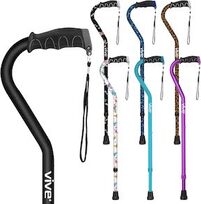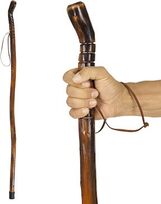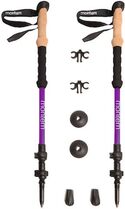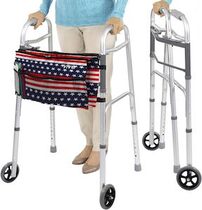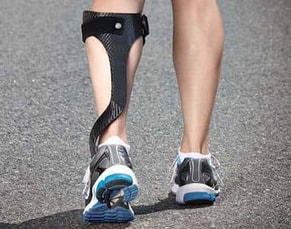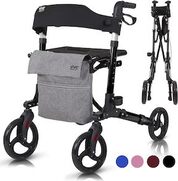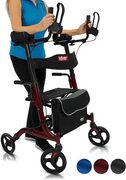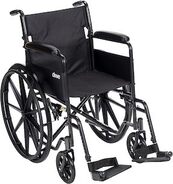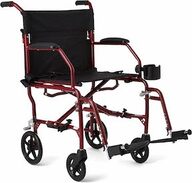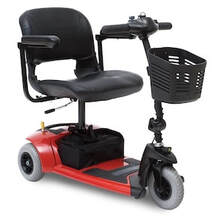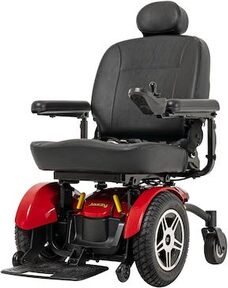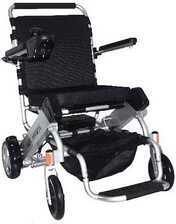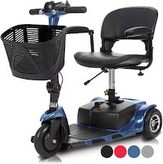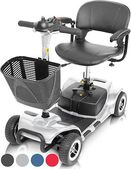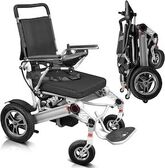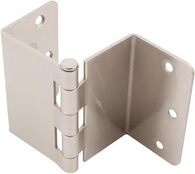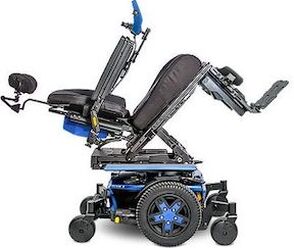|
Some of the mobility devices on this page are not covered by health insurance. Talk with your physical therapist to learn more. You may be able to borrow some devices at no cost from equipment loan closets. We have negotiated exclusive discounts for some products.
|
Exclusive DiscountsEnter promo code YOURALSGUIDE at checkout after adding discounted items to your cart. Learn more |
Cane
|
Walking Stick
|
Hiking Poles
|
Front-Wheel WalkerLight frame, hand grips, two front wheels, and two glides on the back |
Ankles Foot Braces (AFOs)
|
If you are having difficulty walking because your foot is dragging or catching on the ground, an ankle foot brace can make a big difference. Foot drop is common with ALS, and AFOs can help stabilize your foot to create a safer and more efficient gait.
Visit our ALS Braces Guide |
Four-Wheel Walker (Rollator)Sturdy walking aid with hand brakes and a seat that allows you to rest Buy on Amazon (no discount)
|
Upright Rollator
|
Manual WheelchairCan be self-propelled or pushed by caregiver; helps conserve energy |
Transport (Travel) WheelchairLighter than manual wheelchairs, but may be less comfortable |
Equipment Loan ClosetsYou can save money by borrowing equipment from ALS loan closets. Many organizations and clinics loan devices at no cost. Learn more |
Insurance CoverageSome of the devices on this page are not covered by Medicare, Medicaid, or private insurance. Learn more |
|
Sign up for our free newsletter to stay up-to-date on new content, equipment, ALS news, resources, and more.
|
Standard Power Wheelchairs
|
Standard power wheelchairs provide more support than scooters and have a better turning radius within the home. They do not tilt or recline. You will need a vehicle lift or handicap-accessible van to transport them. ALS professionals recommend using your Medicare power mobility benefit on a custom power wheelchair instead of a standard power wheelchair.
|
Portable Power Wheelchairs
|
Portable power wheelchairs are a newer invention that provide many of the same functions as a standard power wheelchair. They are popular because they are lighter and easier to transport. Some fold and some can be broken down into manageable pieces. They are designed to fit into most trunks. Currently, no insurance covers portable power wheelchairs.
|
Three-Wheel ScooterLightweight electric scooter with tiller console and swivel seat Buy on Amazon (no discount)
|
Four-Wheel ScooterProvides greater stability and has a long-lasting battery Buy on Amazon (no discount)
|
Portable Power WheelchairFoldable and lighter alternative to standard power wheelchairs Buy on Amazon (no discount)
|
Offset Hinges
|
Custom Power Wheelchairs
|
Custom power wheelchairs provide the greatest long-term comfort, support, and functionality. Their more advanced technology—including tilt, recline, and power leg rests—can adapt to your evolving needs. The ability to tilt and recline can help relieve pressure to make you more comfortable.
Visit our ALS Power Wheelchair Guide |
Have we missed anything? If so, please contact us. Thank you!
With input from ALS professionals and families, we have selected but not independently tested the medical equipment and assistive devices listed here. To ensure your safety and proper use, always consult with your team of medical professionals before using these devices.

